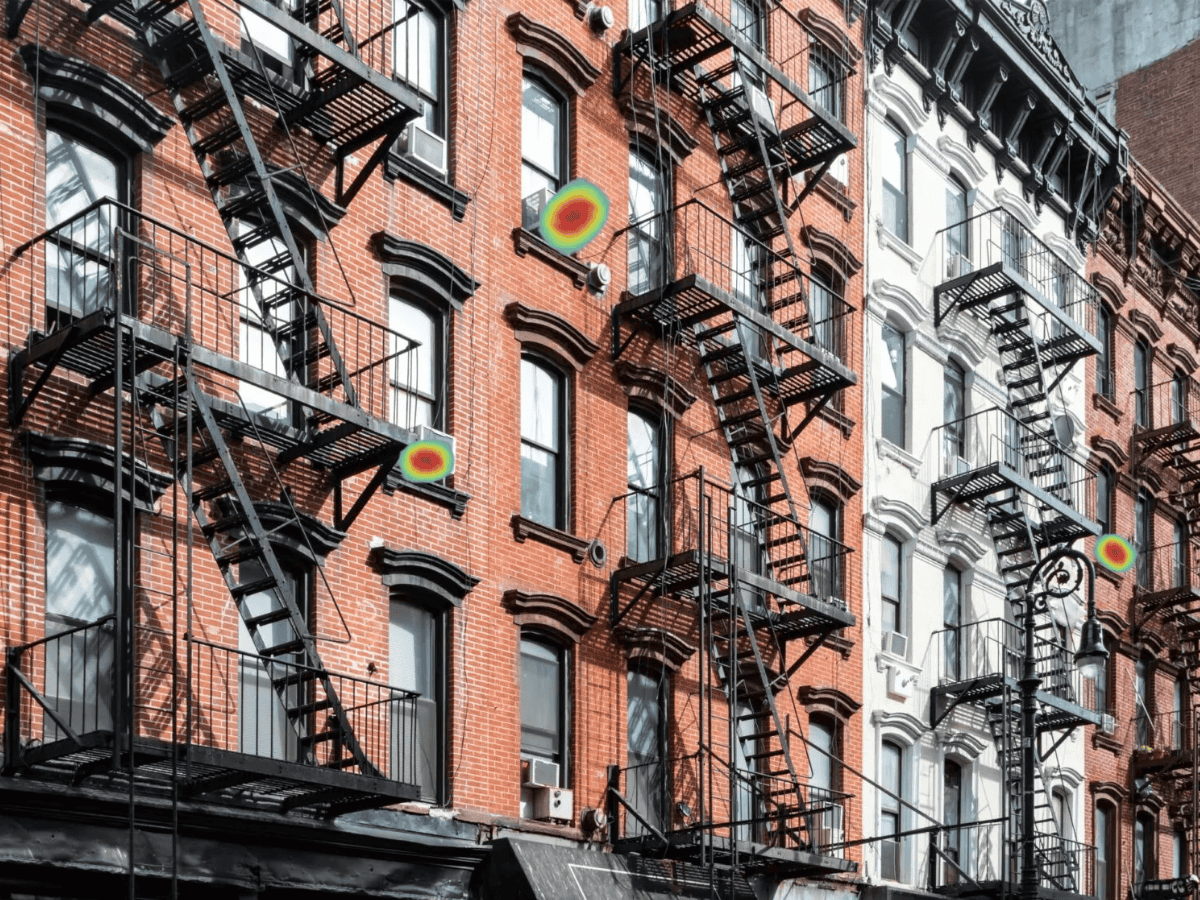Tech
New York City deploys Sorama’s high-tech audio cameras to combat noise

New York City is the first city in the US to use the Sorama CAM iV64 acoustic camera to reduce noise pollution. This advanced camera detects, locates, and visualizes noise sources with high precision. Using an array of microphones, the device visually represents noise sources, such as construction equipment or noisy vehicles. The data helps analyze whether noise levels exceed legal limits, making enforcement more efficient.
Sorama, based in Eindhoven’s Strijp-T district, is a former Gerard & Anton Award winner.
The cameras are always on but only start recording sounds above 85 decibels, like a lawnmower. Violators risk fines ranging from $800 to $2,625. According to regulators, this technology helps New Yorkers in all five boroughs experience more peace and quiet.
Addressing a noisy problem
New York City is known as “the city that never sleeps,” and noise is a big part. Each year, the city’s Department of Environmental Protection (DEP) receives about 50,000 noise complaints. Introducing the Sorama CAM iV64 acoustic camera is a step toward addressing this problem. The cameras will be strategically placed in the five boroughs to identify and fine noisy vehicles and other noise sources.
How the Sorama CAM iV64 works
The Sorama CAM iV64 uses a series of microphones to detect noise levels and identify their sources. The microphones capture sound waves from different directions, allowing the camera to create a visual representation of the sound source. The data is then processed to determine the exact location of the sound through triangulation. This helps accurately identify noise sources such as construction equipment, noisy vehicles or HVAC systems, the New York Times recently wrote.
A year of testing and results
The first sound camera was installed last year as part of a pilot program in Manhattan and Queens. More than 70 drivers were fined for noise violations during this testing period. These positive results paved the way for broader technology implementation in all five boroughs by 2025.
New York City is not the only city embracing this technology. Other cities such as Knoxville, Tennessee and Miami Beach have already installed similar cameras. Paris even began handing out fines to noisy drivers in 2022. This trend shows that cities worldwide are taking noise pollution more and more seriously and using technology to improve the quality of life for their residents.
Future implications
These technologies may have broader societal benefits in addition to reducing noise pollution. Consistent exposure to loud sounds can lead to health problems such as heart disease, hearing loss, high blood pressure, stress, depression, and anxiety. By reducing noise, cities can contribute to a healthier and stress-free environment for their residents.










